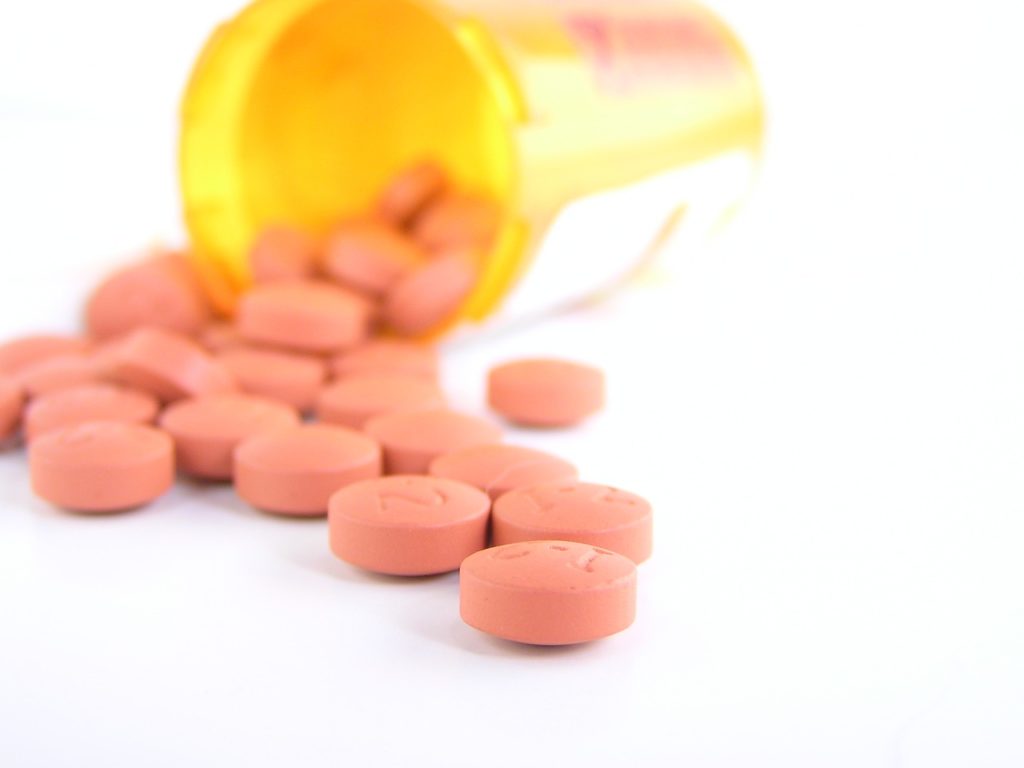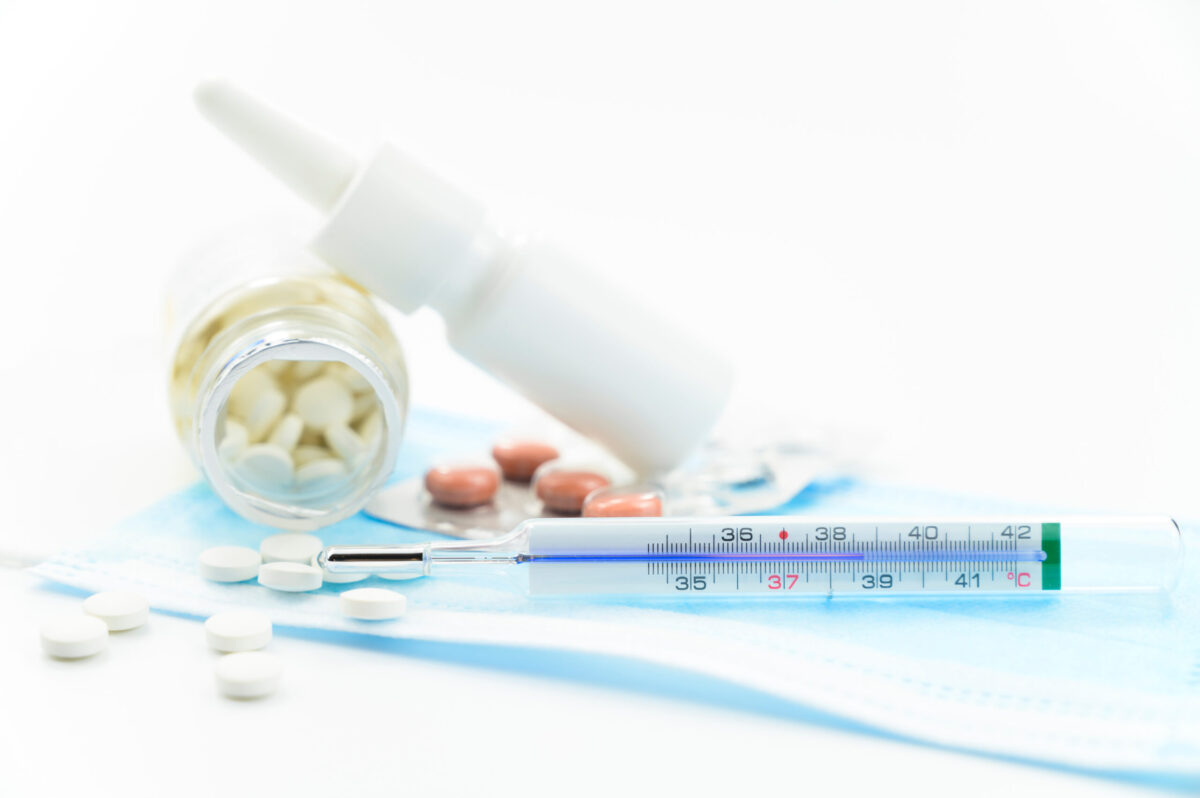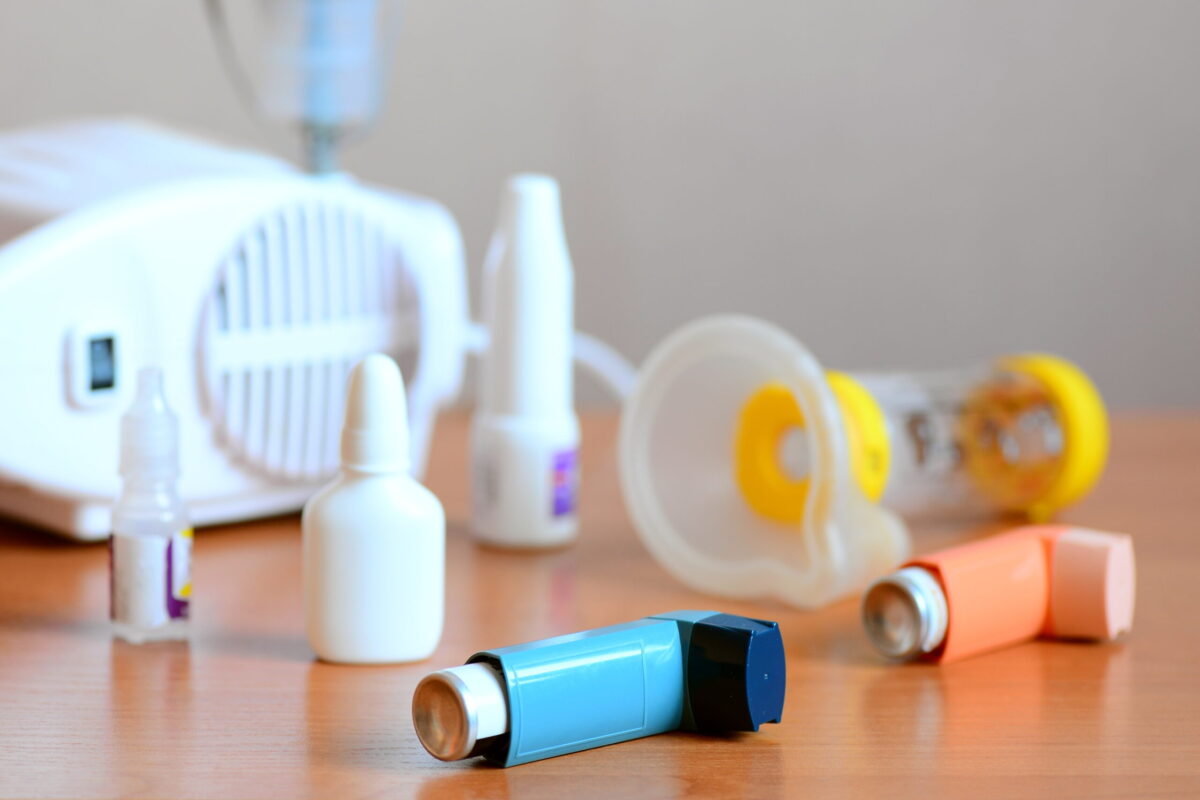In 2017, the Xtalks Life Science Blog covered the four most expensive prescription drugs in the US, all of which happened to be treatments for Hepatitis C. That article sought to uncover drivers behind drug pricing and the way in which curative treatments are being positioned in the market.
Now, we’re looking at the top ten most popular prescriptions in the US as of June 2018 (as compiled by GoodRx) to understand what these common medications can tell us about the frequently-occurring health issues facing US citizens. These drugs are far from expensive – and many of them are available as generics which cost less than $10 – however the quantity in which they’re prescribed and filled by patients at pharmacies makes them bestsellers. All annual prescription data is from a 2017 report on medicines use and spending in the US in 2016 compiled by QuintilesIMS.
Top 10 Most Popular Drugs
1. Drug: Lipitor (atorvastatin)
Branded or Generic: Branded version developed by Pfizer approved by FDA in 1998. Generic versions have been available as of 2011.
Number of Prescriptions/Year: 106 Million
What it Does: Lipitor belongs to the statin drug class and is prescribed to lower cholesterol levels in patients with hypercholesterolemia. According to the Centers for Disease Control and Prevention (CDC), almost one in three adults in the US has elevated cholesterol, making this drug the most prescribed medication. While some studies have identified a link between statin use and a risk of developing diabetes, most physicians still agree that because lowering cholesterol can lower the risk of heart disease and stroke, the benefits of statins outweigh the potential risks.
2. Drug: Synthroid, Levoxyl, Unithroid (levothyroxine)
Branded or Generic: Branded version (Synthroid) developed by Abbott was approved by FDA in 2002. However the drug had been sold in the US for this indication for over 40 years before securing approval. Since versions of the hormone isolated from the thyroid glands of animals have been used to treat hypothyroidism since the late 1800s, levothyroxine was grandfathered in without review when the Food, Drug and Cosmetic Act was passed in the US in 1938. Levoxyl (Jones Pharma) was approved in 2001 and Unithroid (Jerome Stevens Pharmaceuticals) gained approval in 2000. Generic versions of levothyroxine started to become available in 2004.
Number of Prescriptions/Year: 123 Million
What it Does: Synthroid is a synthetic version of thyroid hormone used to treat hypothyroidism. It’s estimated that about 10 million adults in the US have hypothyroidism, with the condition primarily affecting women. Patients are often started off on a low dose of levothyroxine which may never need to be increased to supplement the missing hormone.
3. Drug: Prinivil, Zestril (lisinopril)
Branded or Generic: Merck and AstraZeneca’s branded versions of lisinopril (Prinivil and Zestril, respectively) were approved by the FDA in 1995. Generic versions became available in 2002.
Number of Prescriptions/Year: 110 Million
What it Does: Like elevated cholesterol, high blood pressure is a common condition affecting about 75 million adults in the US, according to the CDC. Prinivil is a long-acting ACE inhibitor which is prescribed to help patients get their blood pressure under control and lower their risk of cardiovascular disease. In patients with more advanced disease, including heart failure, it can be used in combination with other drugs.
4. Drug: Vicodin, Norco, Xodol (hydrocodone/acetaminophen)
Branded or Generic: In 1978, Knoll Pharmaceuticals was granted FDA approval for Vicodin. Five years later, a generic version of the hydrocodone/acetaminophen mix was made available. Watson Pharmaceuticals’ Norco tablets were approved in 1997, with Accentia Biopharmaceuticals’ Xodol hitting the market nearly ten years later in 2006.
Number of Prescriptions/Year: 90 Million
What it Does: Vicodin continues to be a popular painkiller despite hydrocodone’s status as a highly-addictive opioid. However, prescriptions for the drug have been dropping in recent years as the US battles the opioid epidemic. The narcotic is prescribed to patients experiencing moderate to severe pain.
5. Drug: Norvasc (amlodipine)
Branded or Generic: The branded version of Norvasc, developed by Pfizer, was approved by the FDA in 1995. The first generic versions became available in 2007.
Number of Prescriptions/Year: 87 Million
What it Does: Another high blood pressure drug, Norvasc is a calcium channel blocker that is also prescribed to treat angina. It holds a spot on the World Health Organization’s (WHO) list of essential medicines, highlighting its effectiveness and how widespread its use is around the world.
6. Drug: Prilosec (omeprazole)
Branded or Generic: Branded Prilosec developed by AstraZeneca was approved in late 1996, with a generic version becoming available for the first time just eight years later in 2002.
Number of Prescriptions/Year: 76 Million
What it Does: Prilosec treats conditions associated with excess stomach acid, including gastroesophageal reflux disease (GERD). Omeprazole is part of a drug class known as proton pump inhibitors (PPI), which also includes other reflux medications like Nexium and Prevacid. Unlike most of the other drugs on this list of the most popular medications, Prilosec is available as an over-the-counter (OTC) treatment, meaning patients don’t need a prescription to purchase the acid reducer.
7. Drug: Ventolin (albuterol sulfate)
Branded or Generic: Approved in 2001, GlaxoSmithKline’s Ventolin is the only branded medication on this list for which no generic equivalent is currently available in the US.
Number of Prescriptions/Year: 70 Million
What it Does: Ventolin is an inhaled drug used to treat asthma and other breathing disorders. It expands the airways by relaxing the muscles in the lungs, helping patients to breath more freely. Since 2009, this drug has only been available as an inhaler using hydrofluoroalkanes (HFAs) as the propellant, which replaced chlorofluorocarbons (CFCs). CFCs are harmful to the ozone layer, prompting the FDA to require drugmakers to reformulate their aerosol inhalers. However, HFA inhalers tend to be more expensive than their previous CFC-containing counterparts, which could be a potential barrier for generics companies that are looking to produce a less-costly alternative.
8. Drug: Flonase, Cutivate (fluticasone propionate)
Branded or Generic: Another inhaled drug made by GSK, Flonase was first approved in 1997. GSK also manufacturers a topical version of fluticasone propionate, sold under the name Cutivate, which was approved in 2005. The first generic version of Flonase was granted approval in 2006 and is produced by Roxane Laboratories.
Number of Prescriptions/Year: 46 Million
What it Does: This corticosteroid is available as both a topical (Cutivate) and inhaled (Flonase) formulation for the treatment of allergies. Flonase reduces inflammation in the nasal passages by acting as an antihistamine to relieve allergy symptoms such as nasal congestion, runny nose and sinus pressure.
9. Drug: Motrin (ibuprofen)
Branded or Generic: Ibuprofen is likely one of the oldest drug products on this list, having been originally developed by Boots Laboratories in the UK in the 1960s. Motrin made its American debut in 1974 where it was marketed by the Upjohn Company, and is now owned by Johnson & Johnson’s McNeil Consumer Healthcare Division. Ibuprofen was approved for OTC use in 1984, with the first generics appearing after 1986.
Number of Prescriptions/Year: 44 Million
What it Does: Also available as an OTC drug, ibuprofen is one of the most commonly-used pain relievers. Motrin is a nonsteroidal anti-inflammatory drug (NSAID) used to treat pain from a variety of sources. Like Norvasc, this drug is also on the WHO’s list of essential medicines.
10. Drug: Sterapred, Deltasone (prednisone)
Branded or Generic: German pharmaceutical company Schering was granted a patent for prednisone in 1964, nine years after it was introduced in the US. Over the years, dozens of generic versions of the drug have been approved by the FDA.
Number of Prescriptions/Year: Data not available
What it Does: Prednisone is a corticosteroid used to treat a range of inflammatory conditions from asthma to arthritis. It works by suppressing the immune system and the inflammatory response, which mimics the effects of the endogenous hormone, cortisol.
The common thread among all of the drugs listed is that they primarily treat chronic conditions. The majority of these chronic conditions are also relatively common among individuals in the US, meaning a large number of patients are refilling prescriptions for these medications each month.
The fact that drugs used to treat largely-preventable conditions such as hypertension and hypercholesterolemia top this list speaks volumes about the health of the US nation. While it’s true that genetic factors can contribute to the development of these diseases – particularly when it comes to familial hypercholesterolemia – many cases can be prevented through changes in lifestyle.
Overall, the CDC reports that the age-adjusted heart disease death rate in the US decreased by 61 percent from 1975 to 2015, which suggests the nation may be on the right track when it comes to factors that can contribute to this outcome. However, the percentage of obese adults has increased by nearly 23 percent from 1988 to 2014, which can increase a person’s risk of suffering from a chronic health condition.
The fact that hydrocodone still occupies the number four spot in this list of the most popular drugs, despite the current focus on the opioid epidemic in the US, suggests that opioid drugs remain as some of the most effective painkillers whose efficaciousness cannot be matched by other analgesics. However, a recent study suggests that OTC painkillers, including acetaminophen and ibuprofen, could be even more effective than opioids at treating osteoarthritis pain. Medicinal cannabis is also emerging as a potential opioid alternative for chronic pain sufferers, however more studies will need to be conducted in order to substantiate this effect.
As for chronic conditions that have a stronger hereditary component, such as asthma, next-generation treatments that go beyond disease maintenance would need to be developed before a decrease in prescriptions filled for these conditions would be noticeable. However, when it comes to hypothyroidism, pharmaceutical companies have little incentive to develop competitor drugs considering that levothyroxine is so effective and inexpensive.
If this list included prescription data for biologic drugs, diabetes drugs like insulins would almost certainly top the list. In 2016, 224 million prescriptions for diabetes medications were dispensed in the US, according to QuintilesIMS. These medications topped the list of therapeutic classes by spending, with Americans spending over $51 billion on drugs to manage their diabetes. In comparison, total US spending on lipid regulators and antihypertensive medications came in at $12 billion and $9.5 billion, respectively.
While the incidence of chronic diseases like hypertension and hypercholesterolemia continues to increase as the population ages, it’s hard to predict which medications will be most popular in the coming years. As medicine moves away from one-size-fits-all drugs towards more personalized treatments – some of which are even curative – this list could change dramatically in the next decade.












Join or login to leave a comment
JOIN LOGIN